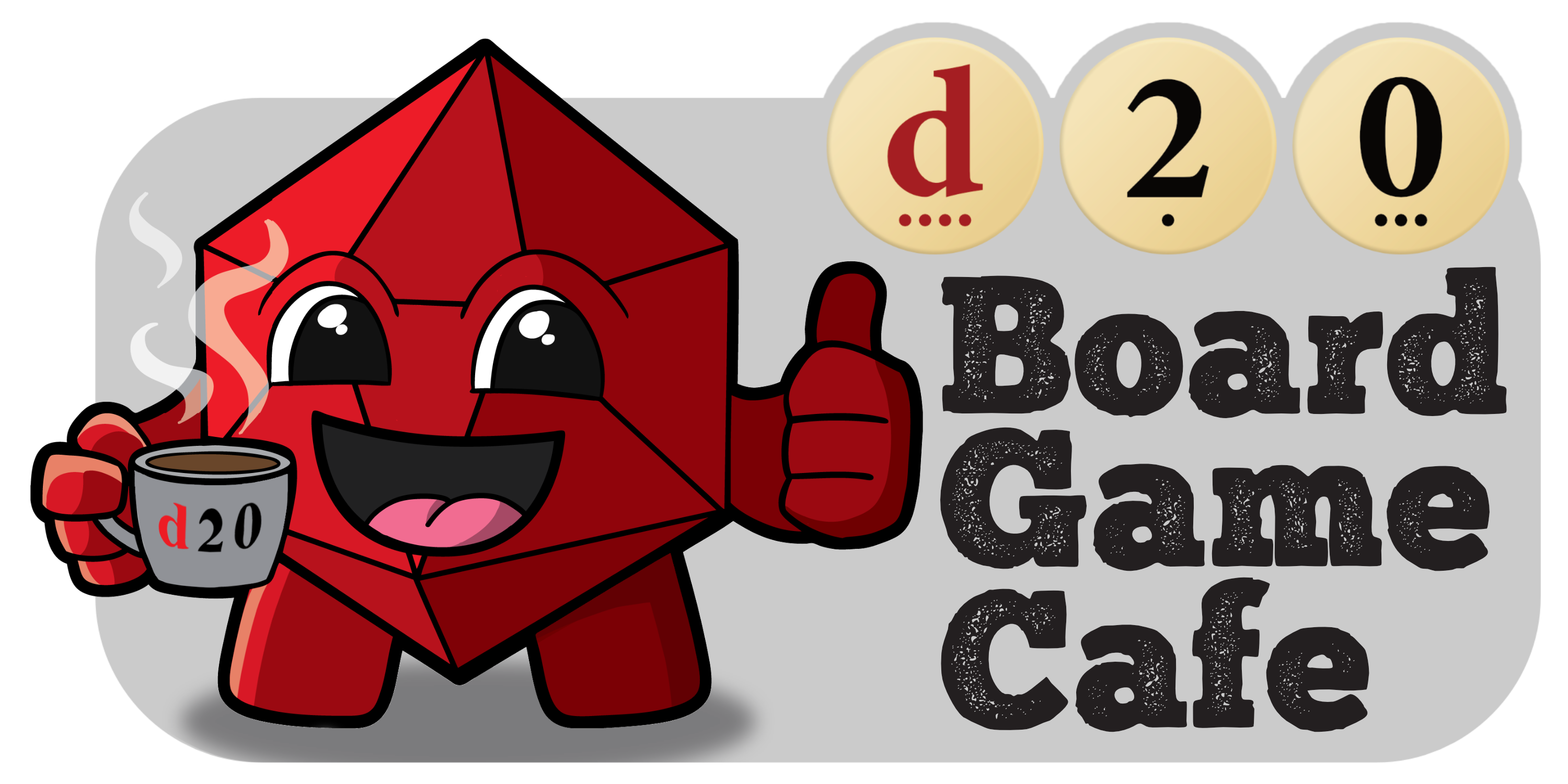Michael Kiesling, award-winning developer of Tikal and Torres to name a few, said in an interview with plan B games (publishers of Azul) that ‘My inspiration was to develop a simple game, but isn’t that simple at all’. The game takes very little time to learn, with perhaps a few small hiccups, but it takes several plays with different players to develop strategy and see the depths of the game.
In short, players are tiling a wall of the Alhambra with Portuguese inspired tiles, the wall that is the most complete (usually) wins. The theme is fairly unimportant apart from the first player condition being the player that has most recently been to Portugal. Being a Moorish stone mason won’t help you win the game and the community has picked up on this. The game is unarguably beautiful, artists Philippe Guérin and Chris Quilliams have done a brilliant job but the aesthetics play second fiddle to the clever abstract game play. At time of writing Azul ranks number 1 on Board Game Geek (BGG) in the abstract section and 47 overall. Perhaps the greatest clue to Azul’s immediate success however is it’s number 1 rating in the Family section on BGG. Besides the very well composed rule book Azul has no words and the only numbers are on each players intuitive player card, players of a huge range of skills, experience and age are bound to find at least some enjoyment from it. Even if for some reason you’re not enjoying it, games are short; made up of rounds, themselves made up of two phases and rarely going on longer than 6 or 7 rounds, about 40 minutes in total.

Set up for a 4 player game of Azul
In some more detail; players are first given a player board with 4 sections and a scoring reminder area in the bottom right. An individual scoreboard runs along the top and below that, two areas for collecting tiles. The pattern line, left, and the wall space, right. Below that is the floor line, where tiles that fall off the wall and break score minus points. The circles in the centre of the table are ‘factories’ from which tiles are picked up and placed in the pattern line during the first phase, ‘Factory offer’. When taking tiles players take all of the tiles of the same type from a factory and place them in a single pattern line on their board. Pattern lines don’t have to be fully completed in one round but any surplus ends up in the floor line. Any tiles remaining on the chosen factory are placed in the centre of the factories and subsequent players can, rather than taking from a factory, take from the centre.
In the next phase ‘Wall tiling’ players simultaneously move the right-most tile of completed pattern lines onto their wall. Tiles score only 1 for being placed on their own but score for both their horizontal and vertical group. Players score additional points for completing rows and columns and for using 5 of the same type of tile in their wall. Players lose points for any tiles in their floor line. The game is over in the round that a player completes a row of tiles on their row, which can easily be as few as five rounds. To start a new round, expended pattern lines are cleared, and the factories are refreshed with tiles from the bag, when all 100 tiles have been used, discarded tiles are returned to the bag.
The first pattern line can be filled with a single tile, each subsequent pattern line needs an additional tile to be completed so vertical lines are a lot more difficult to complete than horizontal ones. The game really comes down to which tiles to take from each factory and when. In that respect it’s akin to a drafting game but with a number of public pools of tiles rather than concealed hands. In aggressive games many decisions are made on the basis that you need to prevent other players from getting those tiles. An example of very malicious play is observing that your opponent is attempting to fill their bottom pattern line and taking any tiles that they need to fill it.
If you enjoy abstract strategy games like Sagrada, Patchwork or even Santorini this is a must play. It’s inexpensive, simple and fun. Tons of replayability and depth, beautifully presented and produced and goes well with a few drinks and some Tapas. You will probably have to re-check the rule book a few times for some of the more situational rules and I wish the player boards had indents for the tiles so they didn’t slide around but I love the style, look and feel of the game.
Azul will certainly be one of my reliable fall-backs as perhaps a warm-up or short game, especially when playing with new or young players. I can’t see it becoming any more popular but it’ll likely win even more awards this year and prove itself as an incredibly solid abstract strategy game.
Available to play and buy at d20 Board Game Cafe Watford.
Sources:
https://www.planbgames.com/en/home/30-azul.html
https://www.planbgames.com/en/news/dialogue-with-a-designer-michael-kiesling-azul-b50.html
https://boardgamegeek.com/boardgame/230802/azul




Love this game. I’m not really a abstract kind of gamer but this game is so addictive! For the price you get hours of fun and a really tactile experience. A great filler game as it’s quick. If you haven’t tried it give it a go.
We’ve played it loads too! If you really like it why not come to d20 plays Azul on May 31st?